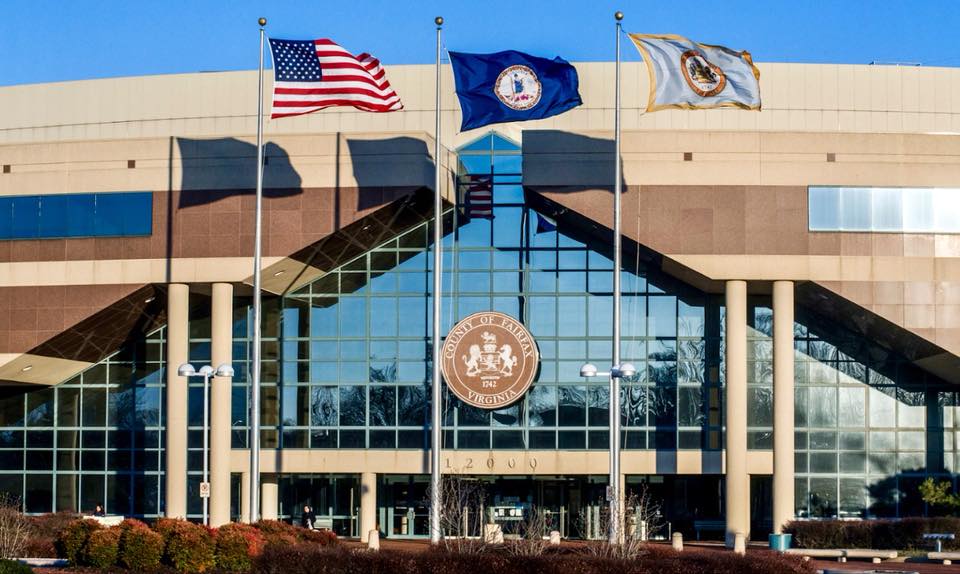Cracking the Code: Understanding Smoke Signals from Your Fairfax County Fireplace
Chimneys, like any other component of our homes, communicate with us. They tell us when they are operating efficiently and when they need attention. However, understanding these signals, especially the smoke signals, is an art that has been mastered by few. This article aims to help you crack the code of these smoke signals from your Fairfax County fireplace so you can keep it running efficiently and safely.
In Fairfax County, Virginia, fireplaces are not just a luxury but a necessity. They provide warmth and comfort during the cold winters while adding an aesthetic appeal to our homes. But, like any other appliance, they require regular maintenance and care. This is where A&T Chimney Sweeps fireplace, furnace, dryer vent, gutter cleaning and repair services in Fairfax County VA, come in.
Before we delve into the intricacies of understanding smoke signals from your fireplace, it is important to understand what causes smoke in the first place. The common reasons include burning unseasoned or damp wood, improper venting, and a dirty or blocked chimney.
1. Understanding the Color of the Smoke
The color of the smoke is a significant signal your fireplace sends out. Light gray or white smoke is normal and indicates that the wood is burning properly. However, dark or black smoke is a sign of inefficient burning or a problem with the fireplace or chimney. It could also mean that the wood being used is not properly seasoned or is damp.
2. Noticing the Quantity of Smoke
The quantity of smoke is another important signal to monitor. A well-functioning fireplace will produce a minimal amount of smoke that quickly dissipates. If your chimney is emitting excessive smoke, this could be a sign of a blocked or dirty chimney that is preventing the smoke from exiting properly.
3. Paying Attention to Smell
A properly functioning fireplace emits a pleasant, wood-burning smell. However, a strong, unpleasant odor could indicate a problem. This could be due to burning unseasoned wood, a blocked chimney, or a build-up of creosote, a highly flammable byproduct of burning wood.
4. Observing Smoke Inside the House
Smoke should always go up the chimney. If you notice smoke entering your house, it could indicate a blockage, draft problem, or improper use of the damper.
Cracking the code of these smoke signals is the first step in understanding and maintaining the health of your fireplace. However, it’s equally important to address these issues promptly to prevent them from escalating into more serious problems. This is where professional chimney services like A&T Chimney Sweeps come in. They provide a comprehensive range of services that ensure your fireplace and chimney are functioning optimally and safely.
FAQs
1. How often should I get my fireplace and chimney inspected and cleaned?
It is recommended to get your fireplace and chimney inspected annually. However, if you notice any abnormal signs such as excessive smoke or a strong, unpleasant odor, you should call a professional immediately.
2. What is the best type of wood to burn in my fireplace?
Hardwoods such as oak, ash, or maple are ideal for burning in fireplaces. They burn longer and produce less smoke. The wood should also be properly seasoned (dried for at least six months) to ensure efficient burning.
3. What are the signs that my chimney needs cleaning?
Signs that your chimney needs cleaning include a strong, unpleasant odor, excessive smoke, and smoke entering your house. A layer of creosote or soot more than 1/8 inch thick in your chimney is also a sign that it needs cleaning.
4. Can I clean my chimney myself?
While it is possible to clean your chimney yourself, it is not recommended. The process requires specialized tools and knowledge to ensure it is done safely and effectively. Hiring a professional chimney sweep company like A&T Chimney Sweeps will ensure your chimney is properly cleaned and maintained.
5. What is creosote and why is it dangerous?
Creosote is a byproduct of burning wood. It’s a highly flammable substance that builds up in your chimney over time and can cause chimney fires if not regularly cleaned.
In conclusion, understanding the smoke signals from your Fairfax County fireplace is crucial to ensure it is functioning efficiently and safely. Regular inspection and maintenance by professionals like A&T Chimney Sweeps can help you avoid costly repairs and potential safety hazards in the long run.








